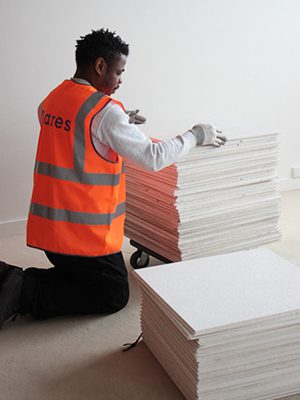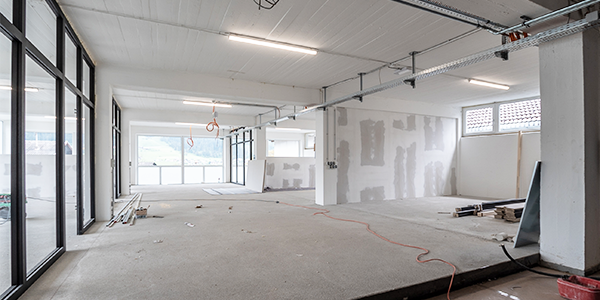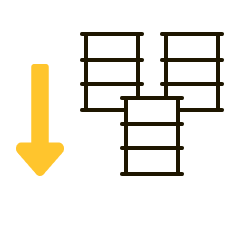OUR MISSION
Giving a second life to building materials and components

Saving resources, reducing waste
Construction and demolition waste is a major source of waste in the EU, accounting for 25-30% of all waste.
The transition to a circular resource management model is struggling, particularly in the reuse of construction materials, which makes up 68% of waste in France.
We propose simple solutions to reduce waste and support sustainability.
Find a second life to materials and equipments
Fighting against waste by seeking out reuse or refurbishment channels is an important step in reducing the carbon impact of a construction site.
Indeed, many materials, equipment, or components maintain a technical or usage value despite an initial use and can be reused for the same use for which they were designed.
The reuse of second-hand materials preserves the environment by avoiding waste as well as the production and transport of unnecessary new materials.


Building low-carbon through the circular economy.
Low-carbon construction aims to reduce the environmental impact of the construction industry by carefully selecting materials, reducing grey carbon emissions, and reusing materials.
This approach reduces transportation costs for non-renewable building components and helps decrease waste.
Such a construction method results in affordable and eco-friendly structures.
Saving money while creating new local jobs
AN IMPACT ON PROJECTS

Reduced carbon footprint

Reduction in waste production

Saving of non-renewable raw materials

Lower construction and demolition costs

Compliance with new regulations and new certifications
A BOOST FOR THE REGIONS

Decrease in the amount of waste to be recycled

Lower imports of raw materials

Reshoring of material supplies

Creation of jobs that cannot be offshored

Development of the social economy